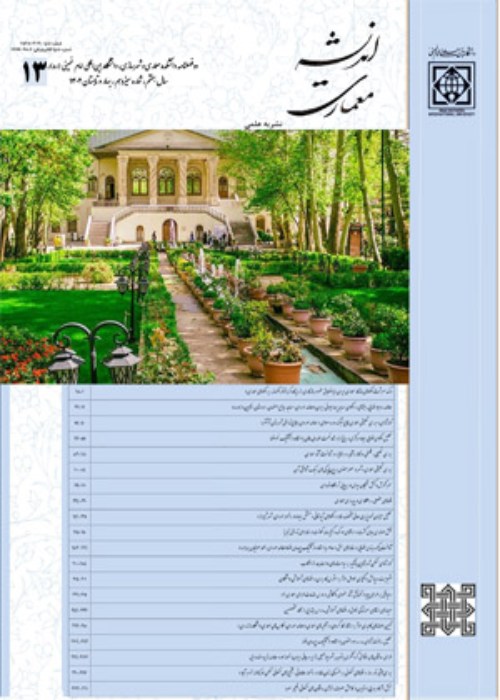Analysis of the Relationship between the Components of Culture and the Dimensions of the Built Environment Case Study: An Historic House in Tabriz
Relation between culture and environment of setting is a subject that many researches focused on, in the entire world. In this vein, Amos Rapaport known as pioneer that he focused on the home. Moreover, he investigates the effective cultural element on formation of space setting specially, in vernacular instance. He has created a three step approach including: separation, analysis, and combination. Based on this approach, first cultural related factors at home separated to smaller elements, second these components are analyzed one by one, and finally they are combining and describe in general view about this subject. So, by selecting the Naghshine house form the Ghajar era, this paper aim to use this process. In the research process flow, first based on citation interview are done and the list of current behavior instance are extracted. Then, based on current behavior setting, existing spaces at home are analyzed part by part. Finally, home generality are described based on cultural setting. In this paper we use qualitative approach and the research methodology done based on historical- descriptive way. Data collection was done based on documental and field study and semi-structure interview with survivor owners of home. The results indicated that correlation between culture and environment in Naghshine house are based on matched of four elements: space, time, meaning, and communications. In this house it seems that time and space organizing have compatibility with different level of social communications. Meaning has a navigator role for other aspects. In fact, it can be said the set of Naghshine house are combination of social, religion, usual, biological… The emerging of the meaning is formed in the behavioral setting and in the following in the space and the physical setting. Relation between culture and environment of setting is a subject that many researches focused on, in the entire world. In this vein, Amos Rapaport known as pioneer that he focused on the home. Moreover, he investigates the effective cultural element on formation of space setting specially, in vernacular instance. He has created a three step approach including: separation, analysis, and combination. Based on this approach, first cultural related factors at home separated to smaller elements, second these components are analyzed one by one, and finally they are combining and describe in general view about this subject. So, by selecting the Naghshine house form the Ghajar era, this paper aim to use this process. In the research process flow, first based on citation interview are done and the list of current behavior instance are extracted. Then, based on current behavior setting, existing spaces at home are analyzed part by part. Finally, home generality are described based on cultural setting. In this paper we use qualitative approach and the research methodology done based on historical- descriptive way. Data collection was done based on documental and field study and semi-structure interview with survivor owners of home. The results indicated that correlation between culture and environment in Naghshine house are based on matched of four elements: space, time, meaning, and communications. In this house it seems that time and space organizing have compatibility with different level of social communications. Meaning has a navigator role for other aspects. In fact, it can be said the set of Naghshine house are combination of social, religion, usual, biological… The emerging of the meaning is formed in the behavioral setting and in the following in the space and the physical setting.


